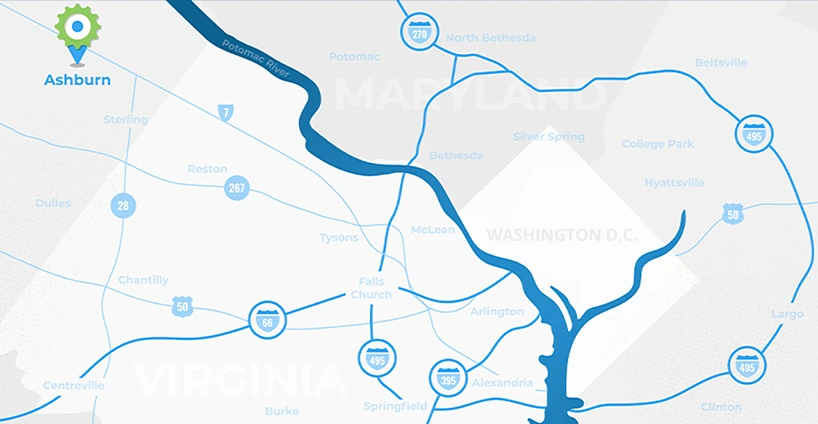More Than 100 SEO Ranking Factors
We’ve talked a lot about search engine optimization and what it takes to get a site ranking for important search terms (otherwise known as keywords). We’ve even mentioned the “thousands of ranking factors” that determine how a search engine like Google will rank your site as compared to your competitors. Now, we’re sharing our top 100+ so you can see just how complicated SEO really is!
Remember, these aren’t all the ranking factors Google uses. In fact, Google doesn’t share most of them, so we spend a lot of time researching and speculating about what works and what might be changing soon so we can keep our sites on top.
Without further ado, and in no particular order, here are more than 100 of the things we consider when optimizing a site for search:
- Page titles that incorporate keywords
- Placement of the keywords in page titles
- Meta description length and search term usage
- H1 tags that include keywords
- Search terms used often but not excessively throughout content
- Domain rank
- Latent Semantic Indexing (LSI) terms used in content
- Content length
- Page load speed
- Domain name
- Domain age
- Whois information
- Image tags, including alt-text and file names
- Keyword prominence; whether it appears within the first 100 words of text
- Page rank
- Exact match versus synonyms and phrase match for search terms
- Outbound link quality
- Number of outbound links
- Number of internal links
- Quality of internal links
- Broken links within the site
- URL path (better to be closer to the homepage)
- Keywords in the URL
- Bullets and lists
- Age of the page (and the whole site)
- Site architecture
- User-friendly design
- Frequency of site updates
- Sitemap layout
- Server location
- Breadcrumb navigation
- Mobile optimization and responsive web design
- Use of Google Analytics and Webmaster Tools
- User reviews on sites top and industry niched review sites
- Quality of in-bound links
- Number of in-bound links
- Authority of referring pages
- Quality of guest posts and links in guest posts
- No-follow links
- Contextual links versus directory links
- Backlink anchor text
- Link location in content
- Link location on page
- Relevancy of backlinks
- Negative link velocity
- Social signals
- Schema markup and microformats
- DMOZ listings
- Number of outbound links on a page linking back to your site
- Word count of linking content
- Sitewide links
- Quality of linking content
- Organic click through rate for a given search term
- Repeat traffic
- Direct traffic
- Bounce rate
- Exit rate
- Bookmarks in Google Chrome
- Number of comments
- Number of social shares
- How many pages users visit on your site
- How long users spend on your site
- Local search rankings and performance
- Google+ links
- Google maps listings
- Authority of social accounts
- “Votes” on social sharing sites like Reddit and Stumbleupon
- Pinterest pins
- Authorship connected to your page or blog articles
- Site level social signals
- Branded anchor text in backlinks
- Official LinkedIn company page for the site
- Official Facebook and Twitter profiles
- Mentions on news sites
- Citation listings in relevant directories
- Over-optimization on-site
- Over-optimization off-site
- Ads above the fold
- Pop-ups and other things that violate best practices for user experience
- Cloaked links
- Keyword stuffing in content
- Keyword stuffing in meta tags
- Affiliate links on your site
- An unnatural influx of backlinks
- Links from the same C-class IP
- “Poison” anchor text (phrases that have to do with drugs, gambling, or similar)
- Selling backlinks
- Penalties and site health in Webmaster Tools
- Keywords in the domain
- Country code in a top-level domain
- Keywords used in H2, H3, H4, etc.
- Related terms used on site
- Long-tail keywords in use
- Duplicate content
- Canonical tags
- Frequency of page updates over time
- Grammar and spelling
- Multimedia content, including images and videos
- Content syndication
- HTML errors and messy code
- Matching name, address, and phone data across many citations
- Accessible contact information
Are you struggling to do your own SEO and getting nowhere? Even Google says that search engine optimization is best left to the experts. Give us a call and we’ll give your rankings a boost!





